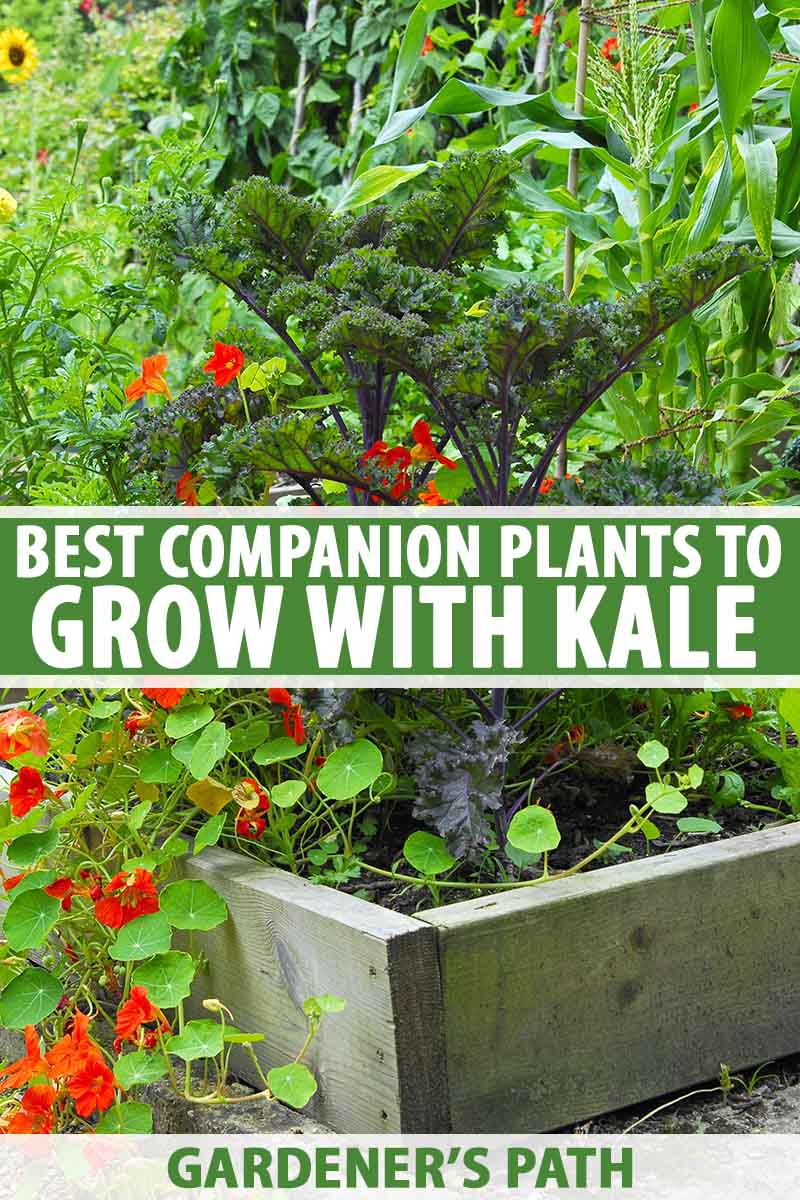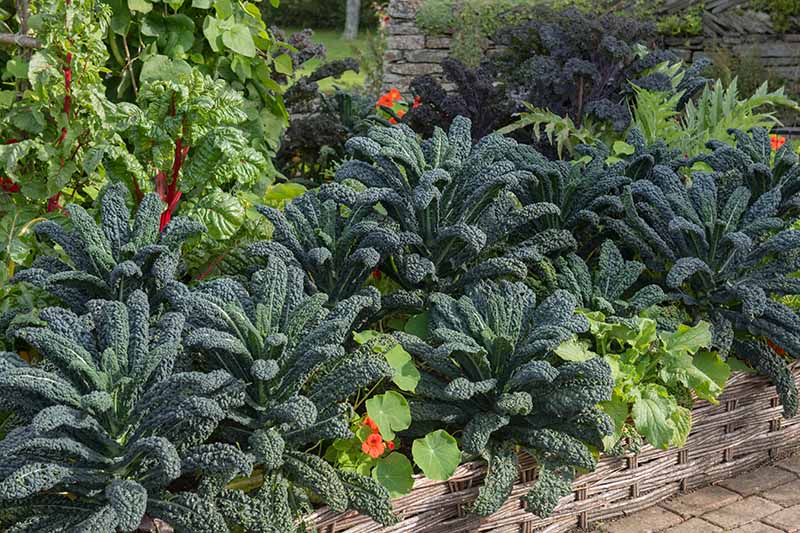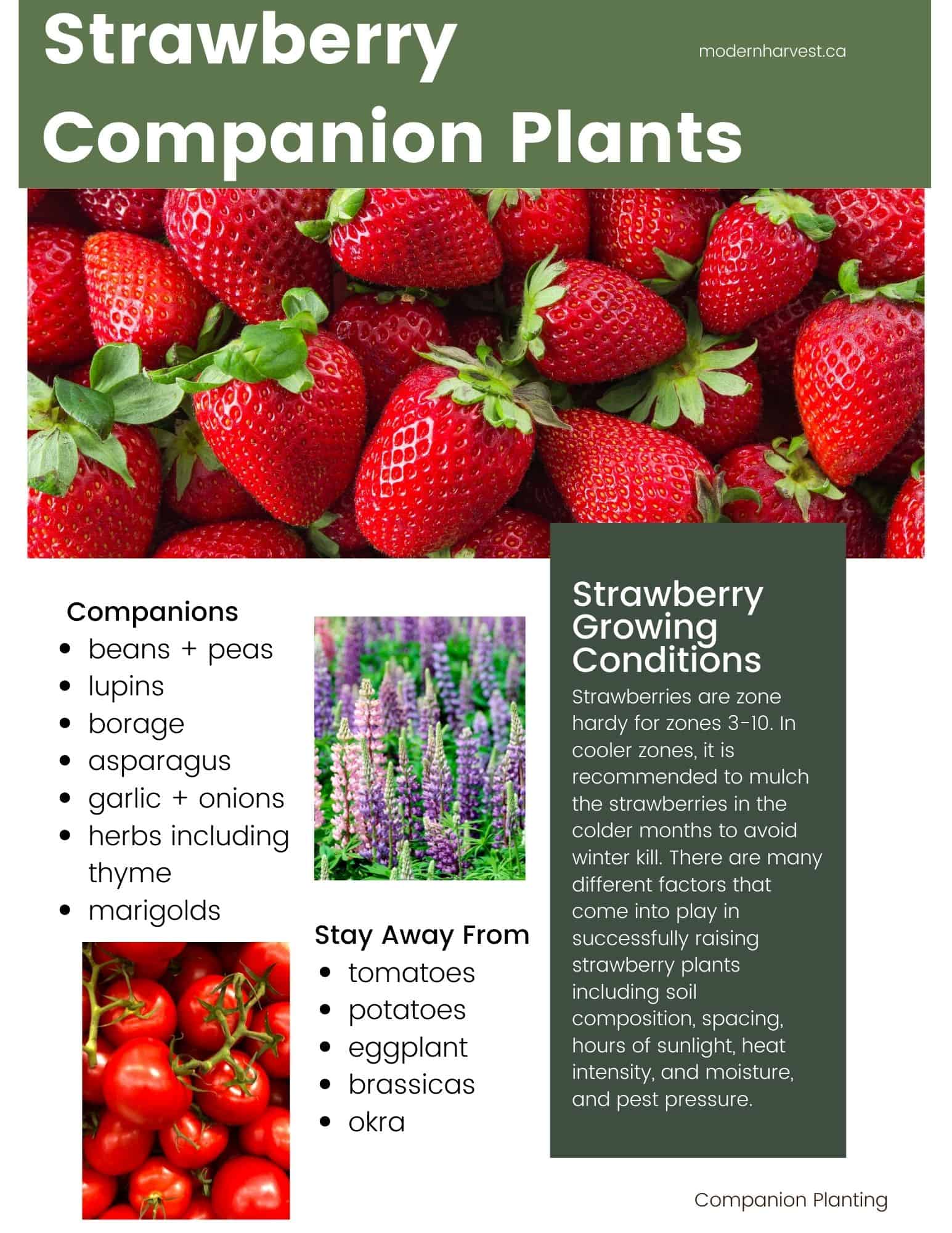The Best Companion Plants For Kale
Title: The Best Companion Plants for Kale
Introduction:
Kale is a versatile and hardy vegetable that can be grown in a variety of climates. It is also a nutrient-rich food that is packed with vitamins A, C, and K. When companion planting kale, there are a few things to keep in mind. First, kale prefers full sun and well-drained soil. Second, it is a relatively heavy feeder, so it is important to plant it with companion plants that do not compete for nutrients. Third, kale can attract pests, so it is helpful to plant it with companion plants that deter pests.
Main Content:
Here are some of the best companion plants for kale:
- Allium vegetables, such as onions, garlic, and leeks, help to repel pests such as cabbage moths and aphids.
- Beans are nitrogen-fixing plants, which means they can help to improve the nitrogen content of the soil. This is beneficial for kale, which is a heavy feeder.
- Carrots help to deter the carrot rust fly, a common pest of carrots.
- Cucumbers help to attract beneficial insects, such as ladybugs and lacewings, which can help to control pests.
- Lettuce helps to suppress weeds and can also help to improve the drainage of the soil.
- Marigolds help to repel pests such as aphids, whiteflies, and nematodes.
- Nasturtiums help to attract beneficial insects, such as ladybugs and lacewings, which can help to control pests.
- Peas are nitrogen-fixing plants, which means they can help to improve the nitrogen content of the soil. This is beneficial for kale, which is a heavy feeder.
- Spinach helps to suppress weeds and can also help to improve the drainage of the soil.
Conclusion:
By planting kale with these companion plants, you can help to improve its growth and health, and protect it from pests. When choosing companion plants, it is important to consider the size and growth habits of the plants, as well as their compatibility with kale. By taking these factors into account, you can create a healthy and productive garden.
Herbs: Herbs such as dill, basil, and mint can also help to deter pests and attract beneficial insects. Flowers: Flowers such as marigolds and nasturtiums can help to attract pollinators and deter pests. Other vegetables: Other vegetables such as tomatoes, cucumbers, and beans can also be good companions for kale.
FAQ of companion planting with kale
- What are some good companion plants for kale?
Some of the best companion plants for kale include:
Alliums (such as onions, garlic, and chives)
Beans and peas (they fix nitrogen in the soil, which is beneficial to kale)
Marigolds (they help to repel pests)
Radishes (they can act as a trap crop for pests)
Spinach (they have similar growing requirements)
Strawberries (they help to attract beneficial insects)
What plants should I avoid planting near kale?
Some plants that should be avoided planting near kale include:
Cabbages and other cole crops (they are susceptible to the same pests and diseases)
Corn (it can compete with kale for nutrients)
Melons (they can attract pests)
Potatoes (they can harbor pests and diseases)
Tomatoes (they can attract pests)
Can I plant kale next to tomatoes?
Yes, you can plant kale next to tomatoes. In fact, tomatoes and kale can be beneficial companions for each other. Tomatoes can help to protect kale from pests, and kale can help to improve the flavor of tomatoes.
- How far apart should I plant kale?
The spacing requirements for kale will vary depending on the variety you are planting. However, as a general rule of thumb, you should space kale plants about 12-18 inches apart.
- How much sun does kale need?
Kale needs full sun to partial shade. If you live in a hot climate, you may want to provide your kale with some afternoon shade.
- How much water does kale need?
Kale needs regular watering, especially during hot weather. Water your kale deeply and infrequently to help prevent root rot.
- When should I harvest kale?
You can start harvesting kale leaves when they are about 6 inches long. Continue harvesting leaves throughout the growing season.
- How do I store kale?
Kale can be stored in the refrigerator for up to 1 week. To extend the shelf life of your kale, you can blanch the leaves and then freeze them.
Image of companion planting with kale
- Kale and onions. Onions have a strong smell that can deter pests from kale.

- Kale and beans. Beans fix nitrogen in the soil, which can benefit kale.

- Kale and carrots. Carrots help to suppress the growth of root-knot nematodes, which can damage kale roots.

- Kale and marigolds. Marigolds help to repel pests from kale, such as aphids and cabbage moths.

- Kale and nasturtiums. Nasturtiums help to attract beneficial insects, such as ladybugs, which prey on pests that damage kale.

- Kale and spinach. Spinach and kale have similar growing conditions and can be planted together.

- Kale and tomatoes. Tomatoes help to deter pests from kale, such as cabbage moths.

- Kale and strawberries. Strawberries help to suppress the growth of weeds, which can compete with kale for resources.

- Kale and herbs. Many herbs, such as basil, rosemary, and thyme, can be planted near kale to deter pests and attract beneficial insects.

- Kale and flowers. Flowers, such as sunflowers and zinnias, can help to attract pollinators, which can help to improve the yield of kale.

Post a Comment for "The Best Companion Plants For Kale"